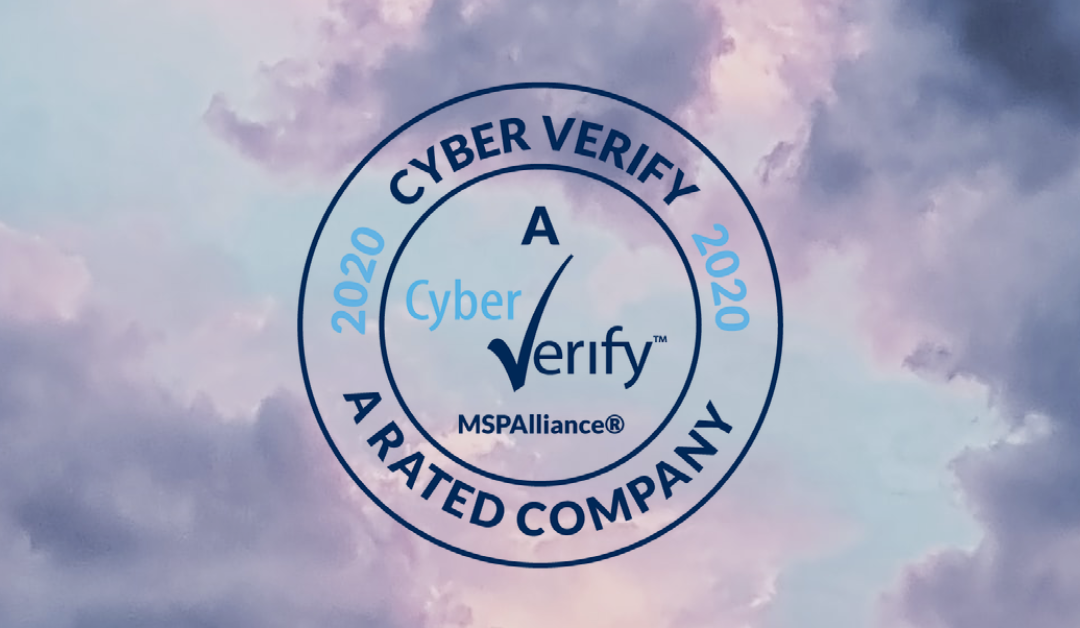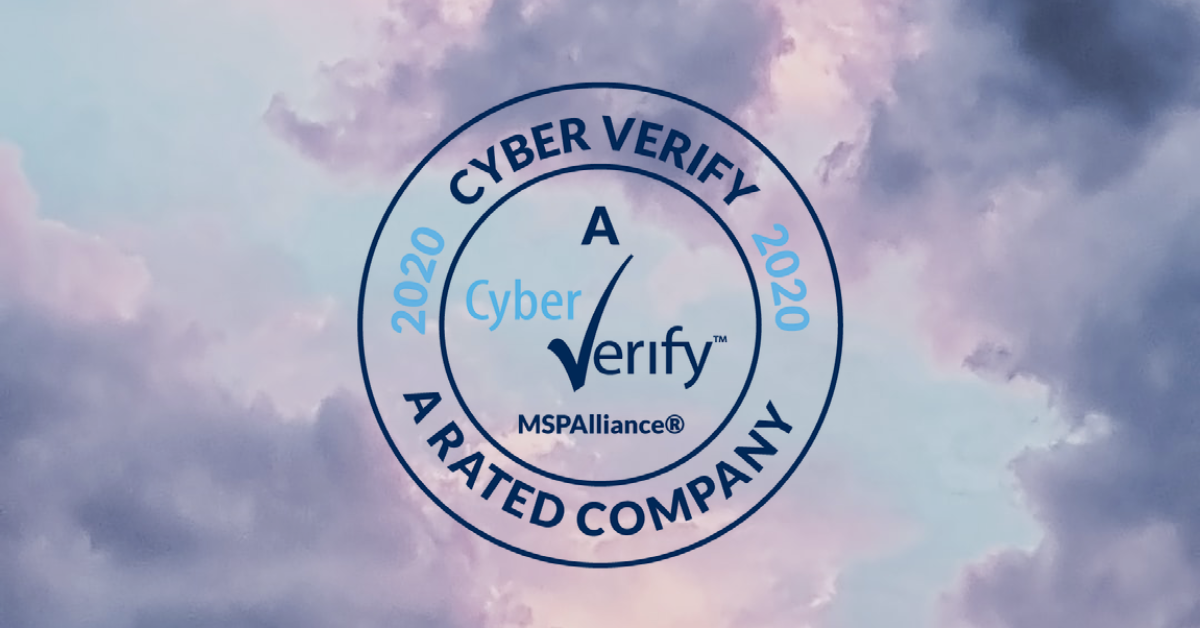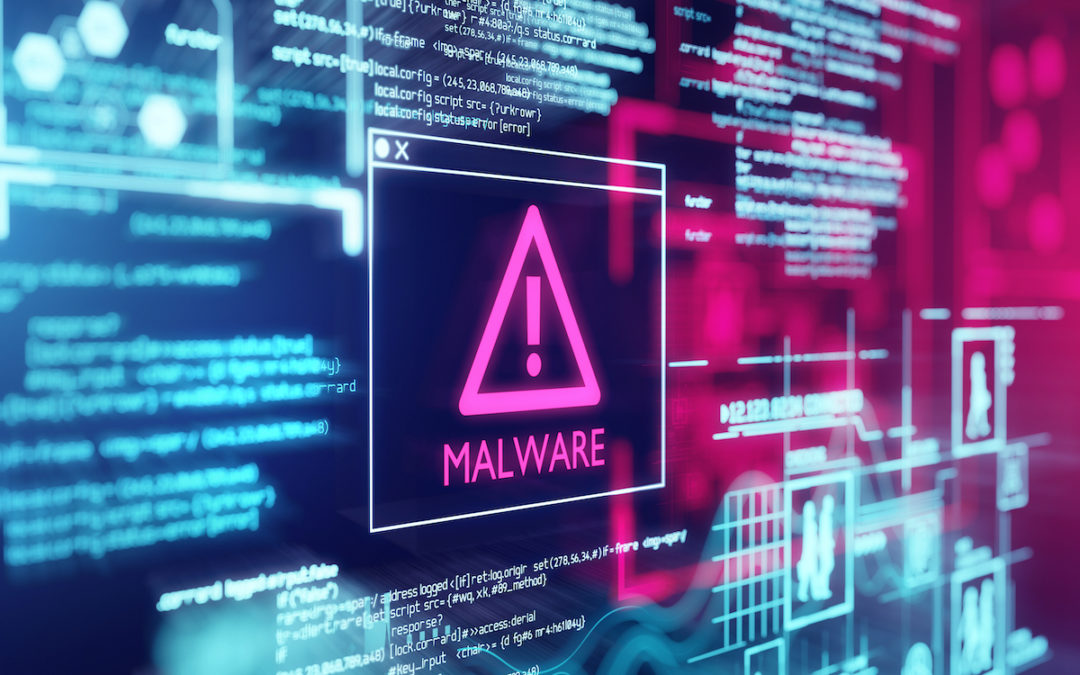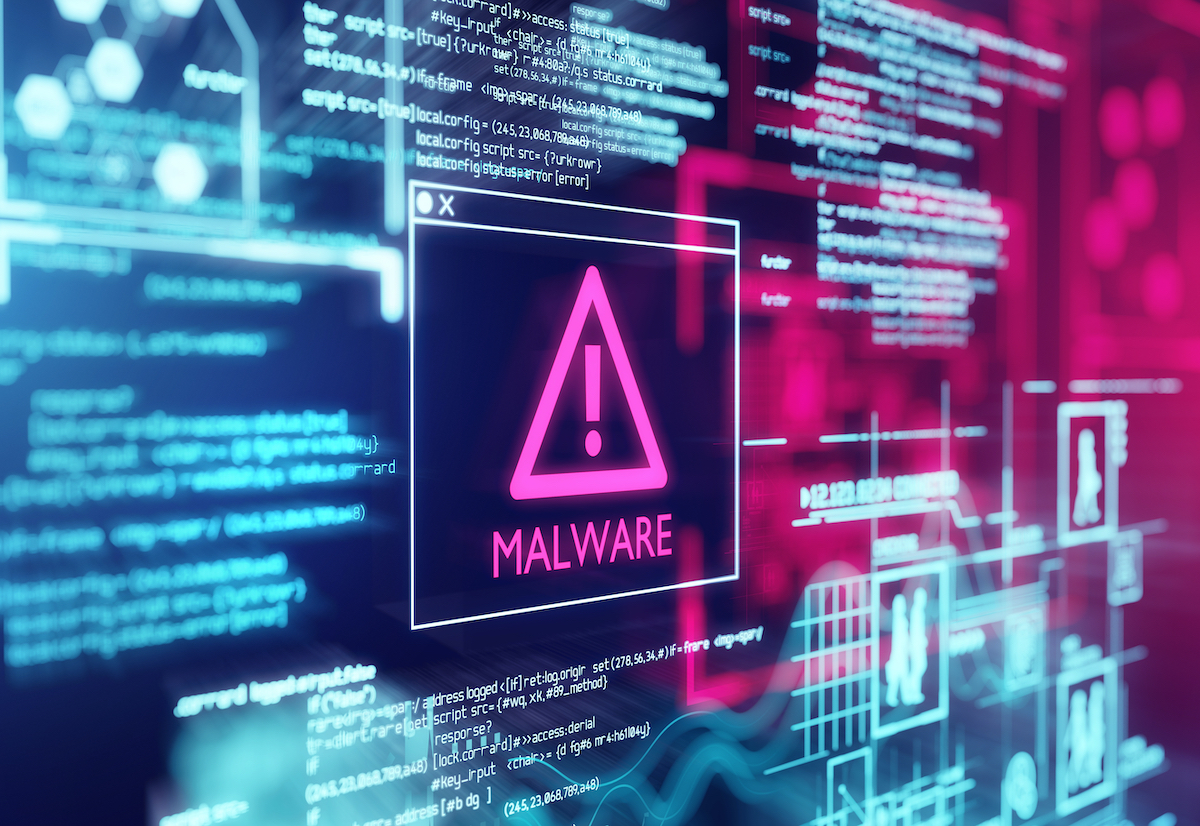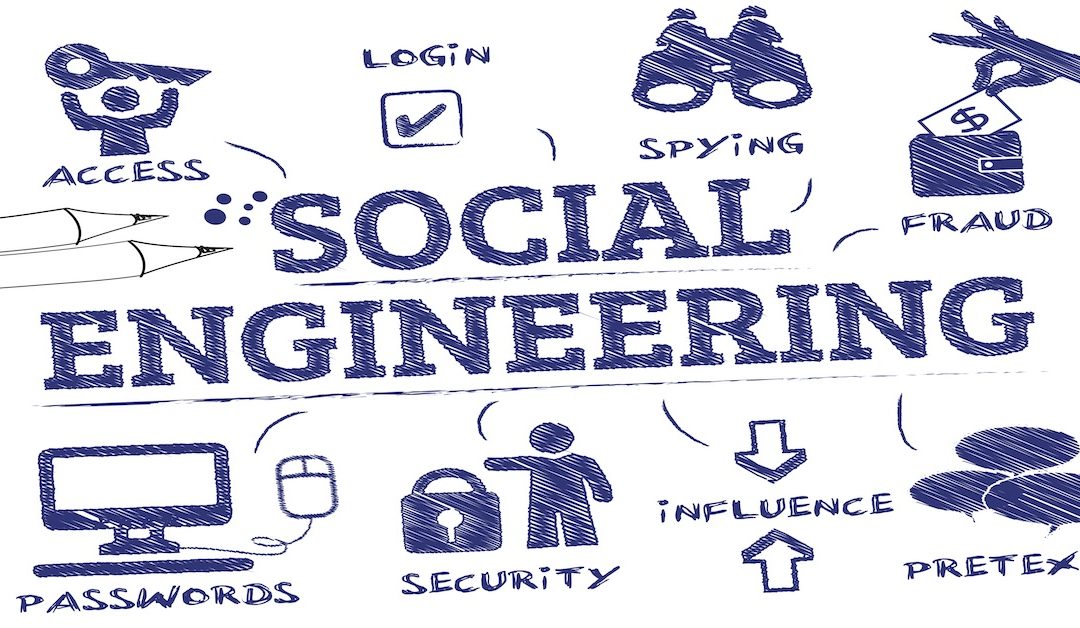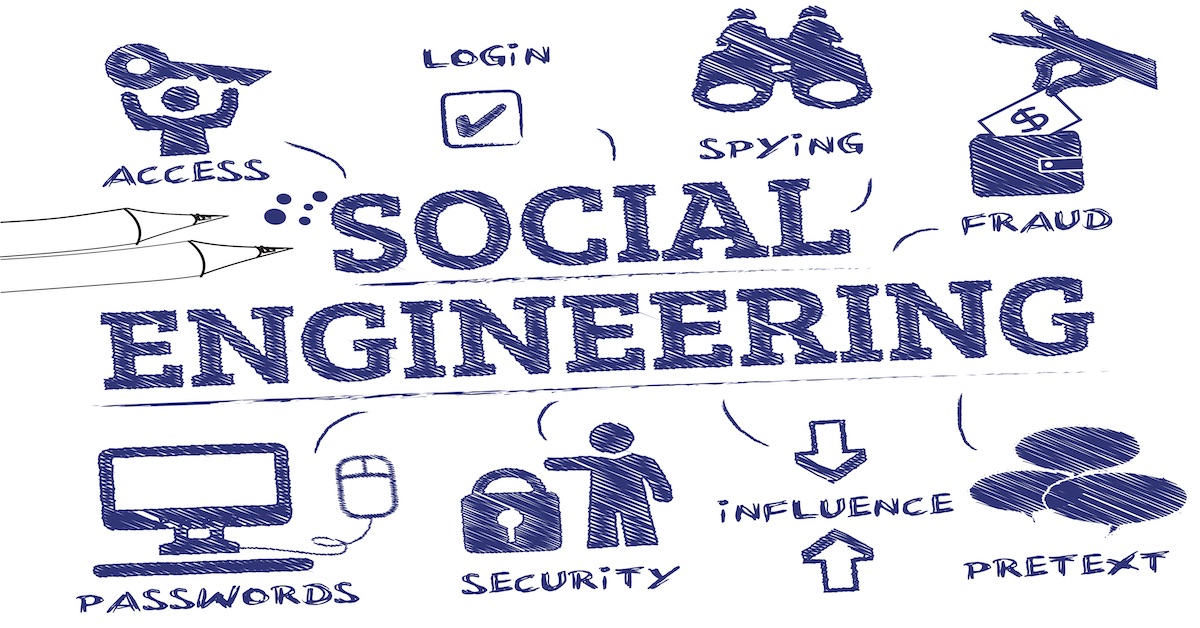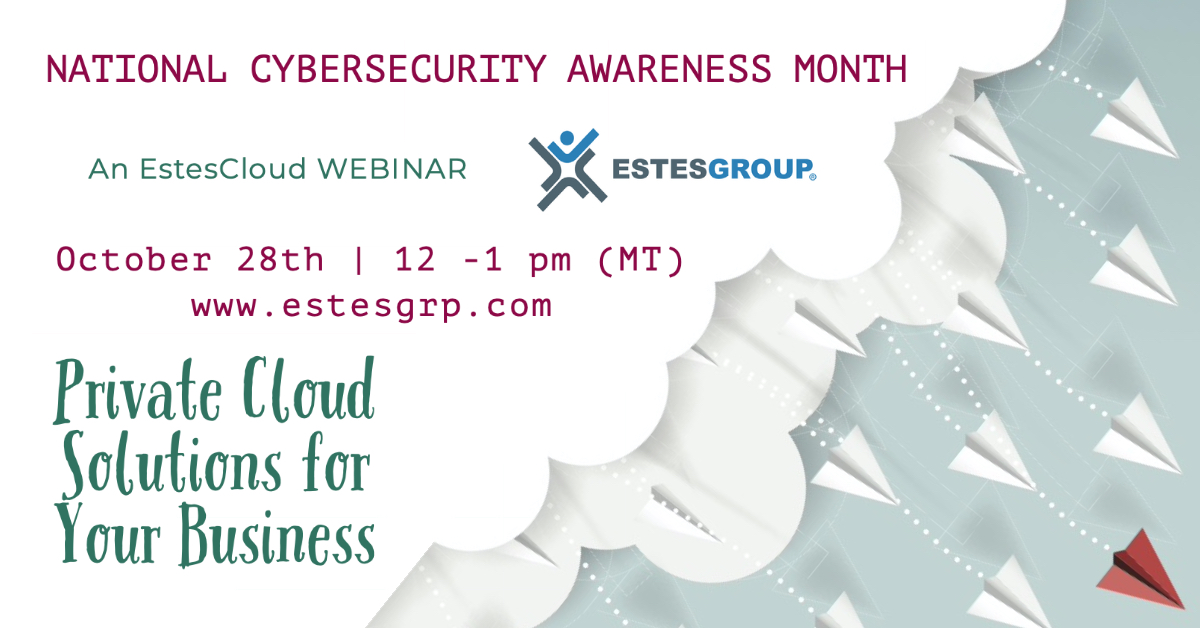
IT & Managed Services vs. Healthcare
Managed Services vs. Healthcare: Similar Strategies, Similar Outcomes
I would like to start with a little self-reflection. If we are all honest with ourselves, we’d admit that no one enjoys purchasing or paying for health insurance. The process is cumbersome. There are a ton of options when it comes to purchasing health insurance, so how do I know which is the best option for myself or my family? Finally, health insurance is not exactly cheap. Most if not all of us have run into these hurdles looking at health insurance, and many of us have weighed the risk of not having insurance vs. the cost. Health insurance is investing in financial security for the unknown, and it’s shocking how closely this relates to IT and MSP services.
Business owners can view IT services in the same light as healthcare investments, and similar questions arise:

- What are the associated costs? Is this cost prohibitive?
- With so many options, how do I choose?
- What is the risk if I do nothing?
The truth is that IT services very closely mimic health care.
Having a good MSP (Managed Service Provider) provide these critical services very much aligns with preventive health care. Going to the doctor for a routine annual checkup can head off a lot of health issues just like having an MSP can prevent a lot of IT issues. This includes hardware failure, data loss, and security issues that if left unattended would lead to larger problems down the road.
Critical IT services quickly justify the cost today by reducing the risk tomorrow.
Finally, IT and MSP services are critical to minimizing and reducing risk. IT services might not always be cheap, but the alternatives can be even more costly to business owners. Let’s consider this in the managed services vs. healthcare paradigm: you might not care to pay for the health insurance that covers lab panels or medications that you can currently live without, but if you ever need the tests and the treatments, enrolling in the healthcare plan today will lower your future costs and risks.
- 93% of companies without Disaster Recovery that suffer a major data disaster are out of business within one year.
- Downtime can be extremely expensive and range anywhere from $926 to $17,244 per minute.
- On average, businesses lose over $100,000 per ransomware incident, including downtime and recovery costs.
A Managed Services vs. Healthcare Comparison Reveals Your Need for IT Expertise
Business owners who take IT seriously understand that the benefits outweigh the costs by leaps and bounds. 96% of business that have IT and MSP services in place, including BDR plans, are able to survive ransomware and fully recover operations. IT solutions and application hosting solutions can be expensive and require specialized knowledge. This is similar to choosing a specialized physician for a specific service. If you need a heart surgery, you see a cardiologist. Similarly, if you need cybersecurity, you visit an IT security specialist.
An IT Health Check First Appointment
Here at EstesGroup, we strive to make IT solutions simple for customers. Not only do we monitor the health of your business technology and provide the solution when something does go wrong, we also keep solutions affordable because we understand that not every business can afford or needs the same amount of coverage.
Imagine being able to visit a doctor and have an annual physical and have all the diagnostics to see your overall health — but at completely no cost. EstesGroup provides such a service, but instead of for your body, it is completed for your business, which is just as important. If you are interested in a free business technical assessment so you can get a handle on the health of your network, see your security risks, and get healthful recommendations, please email me at [email protected].

